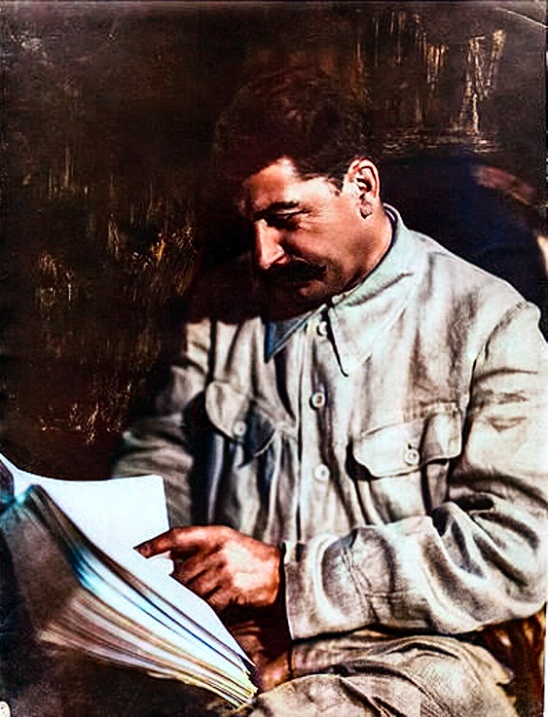Image is sourced from this People’s Dispatch article, depicting communists attending the 2023 funeral of Communist Party President Guillermo Teillier, who was tortured for years under Pinochet’s regime and helped rebuild the Communist Party while under a fascist dictatorship.
We had the Six Day War in 1967, we had the Nineteen Day War (Yom Kippur) in 1973, and now we’ve had the Twelve Day War. I wonder how many more very short wars will plague the region until Palestine is freed?
However, moving on from Western Asia from a little while, we have some interesting news from Chile - the former labor minister and communist, Jeannette Jara, has won the primary election for the left-wing bloc in a landslide (~60% of the vote), as the current President, Gabriel Boric, is term-limited. Her achievements include a minimum wage increase and a reduction of the work week to 40 hours.
In November, Jara will face down the contenders from other parties, including José Antonio Kast, who is analogous to Brazil’s Bolsonaro. Unfortunately, Jara is now the lead figure of a party that has been taking quite a few Ls under Boric’s leadership. Ostensibly a Democratic Socialist, he ruled as - you guessed it - a neoliberal, bending the knee to the US and EU. He not only failed to overthrow the Pinochet-era constitution, he actually allowed the right-wing to turn the proposed new constitution into something worse, and had to settle for campaigning against the new one and keeping the old one. And he had very little solidarity with other left-leaning leaders on the continent, like Maduro, Lula, Petro, or Castillo.
With this in mind, I cannot help but look at Argentina’s very recent history and feel a little dread - but if anybody can save Chile at this point, it can only be a communist.
Last week’s thread is here.
The Imperialism Reading Group is here.
Please check out the RedAtlas!
The bulletins site is here. Currently not used.
The RSS feed is here. Also currently not used.
Israel-Palestine Conflict
Sources on the fighting in Palestine against Israel. In general, CW for footage of battles, explosions, dead people, and so on:
UNRWA reports on Israel’s destruction and siege of Gaza and the West Bank.
English-language Palestinian Marxist-Leninist twitter account. Alt here.
English-language twitter account that collates news.
Arab-language twitter account with videos and images of fighting.
English-language (with some Arab retweets) Twitter account based in Lebanon. - Telegram is @IbnRiad.
English-language Palestinian Twitter account which reports on news from the Resistance Axis. - Telegram is @EyesOnSouth.
English-language Twitter account in the same group as the previous two. - Telegram here.
English-language PalestineResist telegram channel.
More telegram channels here for those interested.
Russia-Ukraine Conflict
Examples of Ukrainian Nazis and fascists
Examples of racism/euro-centrism during the Russia-Ukraine conflict
Sources:
Defense Politics Asia’s youtube channel and their map. Their youtube channel has substantially diminished in quality but the map is still useful.
Moon of Alabama, which tends to have interesting analysis. Avoid the comment section.
Understanding War and the Saker: reactionary sources that have occasional insights on the war.
Alexander Mercouris, who does daily videos on the conflict. While he is a reactionary and surrounds himself with likeminded people, his daily update videos are relatively brainworm-free and good if you don’t want to follow Russian telegram channels to get news. He also co-hosts The Duran, which is more explicitly conservative, racist, sexist, transphobic, anti-communist, etc when guests are invited on, but is just about tolerable when it’s just the two of them if you want a little more analysis.
Simplicius, who publishes on Substack. Like others, his political analysis should be soundly ignored, but his knowledge of weaponry and military strategy is generally quite good.
On the ground: Patrick Lancaster, an independent and very good journalist reporting in the warzone on the separatists’ side.
Unedited videos of Russian/Ukrainian press conferences and speeches.
Pro-Russian Telegram Channels:
Again, CW for anti-LGBT and racist, sexist, etc speech, as well as combat footage.
https://t.me/aleksandr_skif ~ DPR’s former Defense Minister and Colonel in the DPR’s forces. Russian language.
https://t.me/Slavyangrad ~ A few different pro-Russian people gather frequent content for this channel (~100 posts per day), some socialist, but all socially reactionary. If you can only tolerate using one Russian telegram channel, I would recommend this one.
https://t.me/s/levigodman ~ Does daily update posts.
https://t.me/patricklancasternewstoday ~ Patrick Lancaster’s telegram channel.
https://t.me/gonzowarr ~ A big Russian commentator.
https://t.me/rybar ~ One of, if not the, biggest Russian telegram channels focussing on the war out there. Actually quite balanced, maybe even pessimistic about Russia. Produces interesting and useful maps.
https://t.me/epoddubny ~ Russian language.
https://t.me/boris_rozhin ~ Russian language.
https://t.me/mod_russia_en ~ Russian Ministry of Defense. Does daily, if rather bland updates on the number of Ukrainians killed, etc. The figures appear to be approximately accurate; if you want, reduce all numbers by 25% as a ‘propaganda tax’, if you don’t believe them. Does not cover everything, for obvious reasons, and virtually never details Russian losses.
https://t.me/UkraineHumanRightsAbuses ~ Pro-Russian, documents abuses that Ukraine commits.
Pro-Ukraine Telegram Channels:
Almost every Western media outlet.
https://discord.gg/projectowl ~ Pro-Ukrainian OSINT Discord.
https://t.me/ice_inii ~ Alleged Ukrainian account with a rather cynical take on the entire thing.


The problem goes way deeper than a simple “Chinese is socialist or not” and we can write entire essays about that.
But here are some points to consider:
First, the Chinese governance after Mao is highly decentralized, and this has been especially the case since the 1994 Tax Sharing Reform that gave the local governments the authority of land financing. The central government controls the behavior of the local/provincial governments by setting the criteria for their promotion (e.g. the most important KPI is GDP growth, which is why you see so much obsession with the GDP growth numbers in China).
Second, the entire leadership believes in the IMF doctrine. This means export-led growth, and keeping wages low to maintain export competitiveness. China has the natural advantage of a huge labor pool, and was able to exploit it to destroy the competitiveness of its competitors after joining the WTO in 2001.
Third, after the 2008 global financial crisis, the local governments found a “cheat code” to keep GDP growth up - land leasing. This came at the right time as the central government promoted the 4 trillion yuan stimulus to boost the economy through infrastructure building. By forming a pact with property developers and local banking institutions (through shadow banks before 2015), local governments took out huge loans for infrastructure building to bid up the land price.
The problem here is that such massive infrastructure building phase was not centrally planned, or at least they weren’t planned well. Every local government competed with one another to entice the property developers and financial institutions, and eventually this turned into a proliferation of thousands of “ghost cities” - a massive oversupply of housing - that will never be occupied. It’s raising GDP for the sake of raising GDP. Many local officials received the career promotion of their lifetime simply by managing to jack up the GDP numbers.
We now end up with very nice looking villages and provincial towns, good infrastructure, but no jobs. Young people leaving for the big cities to look for employment and participate in the competition to the already intense neijuan (extreme competition) environment.
The recklessness of the local governments precipitated in the inevitable collapse of the property sector. However, at this point, it is too deeply intertwined land financing. Nearly 35% of local government revenues still come from land leasing, and you can imagine what a huge loss of the income (and hence the operating budget) with the fall in property prices.
So now they are betting on EV and solar panels (where green tech has been listed as a priority in the 13th Five Year Plan) and more recently, robotics and AI. Huge amount of investment have been poured into it by the local governments, making bets to recover their losses from the plunging land price. It’s one gamble after the other.
As the manufacturers receive massive subsidies from the local governments (because of competition, where each government wants the manufacturer to open their plants in their province), they become industries that are “too big to fail”. This is why even though the entire solar panel sector has been making heavy losses, you still don’t see bankruptcies coming out of the supply chain (yet). An inordinate amount of wealth continues to be poured into these industries to keep them from failing, because otherwise the local governments will take on even heavier losses as their investments go burst.
Add to the fact that the most important tax revenue is the value-added tax, they have to keep these industries alive by whatever means necessary. Now imagine where all these wealth come from to prop up these sectors? All those wealth could have gone into investing into giving welfare to the people.
Paradoxically, this means the wealth inequality grows, and the consumption (purchasing power) of the working people is reduced at the expense of even more investment to the manufacturing sector. As a result, domestic consumption falls, and the reliance on export grows so they can actually sell the goods are now in over-supply. If not, then the production will have to scale back, unemployment grows, and we get recession. Interesting, isn’t it? It’s one big circle back to relying on export-led growth once again.
We can keep going and this is really just a stream of consciousness of writing, but I hope you can see that the inability of the central government to rein in the recklessness of the local governments, the central leadership’s own belief in the IMF neoliberal framework, and the over-investment in sectors that are so deeply intertwined with the local government debt and the financial sector that it is now a very complex web of problems to disentangle.